Let’s be honest. We’ve all been there. You reach for that special bottle—maybe it was a gift, a splurge, or a rare find—and with a hopeful spritz, you’re met with a scent that’s just… off. It’s faded, sour, or a pale imitation of the fragrance you fell in love with.
That moment is a little piece of heartbreak for any perfume lover. But what if you could prevent that from ever happening again?
The truth is, a beautiful perfume is a delicate work of art, and its longevity isn’t just about the quality of the ingredients. A huge part of it comes down to how you care for it. Proper perfume bottle storage isn’t some secret, high-brow ritual; it’s a series of simple, smart habits that can preserve your fragrance and your memories. So, let’s stop guessing and start protecting our collections.
The Invisible Enemies Hiding in Plain Sight
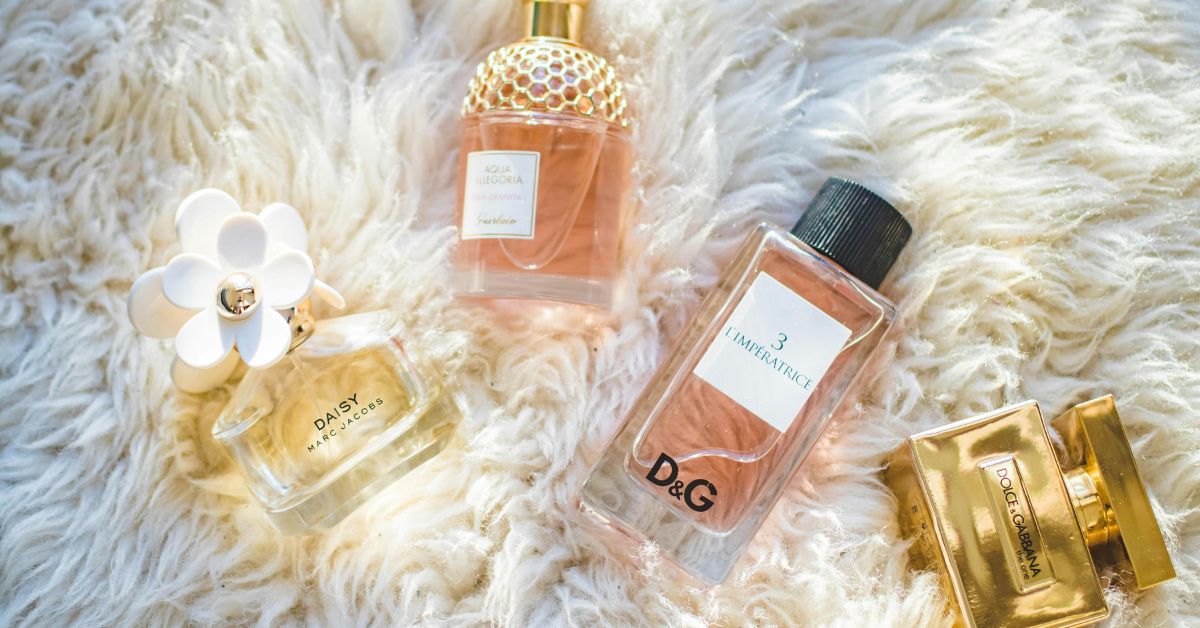
Before we dive into the “how,” let’s understand the “why.” What exactly is happening inside that bottle when a perfume goes bad? It all comes down to a handful of everyday enemies you probably have no idea are lurking around your home.
Think of your perfume as a beautiful, intricate story told with molecules. The main characters? Alcohol, essential oils, and a symphony of aromatic compounds. These characters are sensitive and can be easily thrown off by external forces.
- The Problem with Heat: Heat is a chaotic force. It speeds up chemical reactions inside the bottle, causing those delicate molecules to break down and change their structure. Imagine a masterfully crafted orchestra suddenly having its sheet music scrambled. The melody is lost. This is why a perfume left in a hot car or a sun-drenched room can smell completely different and lose its complexity.
- The Silent Killer: Light: Direct light, especially sunlight, contains ultraviolet (UV) rays. These rays are like tiny, relentless assassins that attack the fragrance molecules. Many perfume bottles are designed with darker glass to offer some protection, but this isn’t enough. The vibrant notes you love can quickly become muted and flat, leaving you with a ghost of the original scent.
- The Air of Deception: Oxidation: Every time you open your bottle, a tiny amount of oxygen gets in. Over time, this oxygen reacts with the fragrance, a process called oxidation. This is what often leads to that “sour,” metallic, or vinegary smell. Oxidation is a slow, creeping threat, but a well-sealed cap is your best defense.
Finding Your Perfume’s Perfect Home
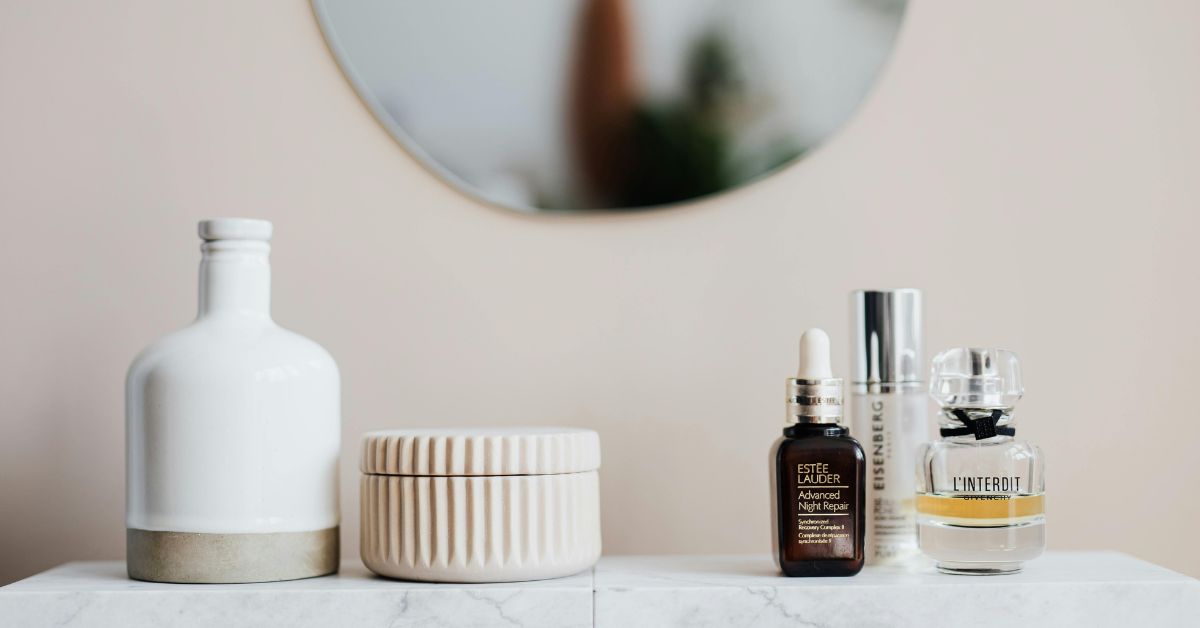
So, where should you put your perfumes? The answer is simple: a cool, dark, and stable place. Let’s get specific.
The Golden Rule of Temperature: Aim for a consistent, room-temperature environment, somewhere in the ballpark of 60-70°F (15-21°C). Stability is the real MVP here. It’s the wild swings between hot and cold that are most damaging.
The Safe Spots: Your best bets are places that are naturally insulated from light and heat.
- Inside a Closet: It’s dark, it’s typically a stable temperature, and it keeps your bottles upright and safe from being knocked over.
- A Dresser Drawer: A classic for a reason. It’s a dark, cool, and private space for your collection.
- A Dedicated Fragrance Cabinet: If you’re a serious collector, a dedicated cabinet with solid doors is a fantastic investment. It keeps everything organized and protected.
The Places to Absolutely Avoid (Seriously):
- The Bathroom: This is the most common mistake people make. The daily ritual of hot showers creates a humid, fluctuating environment that is a recipe for disaster for your perfumes.
- The Windowsill or Dressing Table: It might look beautiful to have your bottles catching the light, but you’re essentially serving them up to be destroyed by UV rays. It’s a beautiful but fatal mistake.
- The Car: Leaving a perfume bottle in a car, even for a short time, exposes it to extreme temperature swings that can ruin it in a matter of hours.
The Little Habits That Make a Big Difference
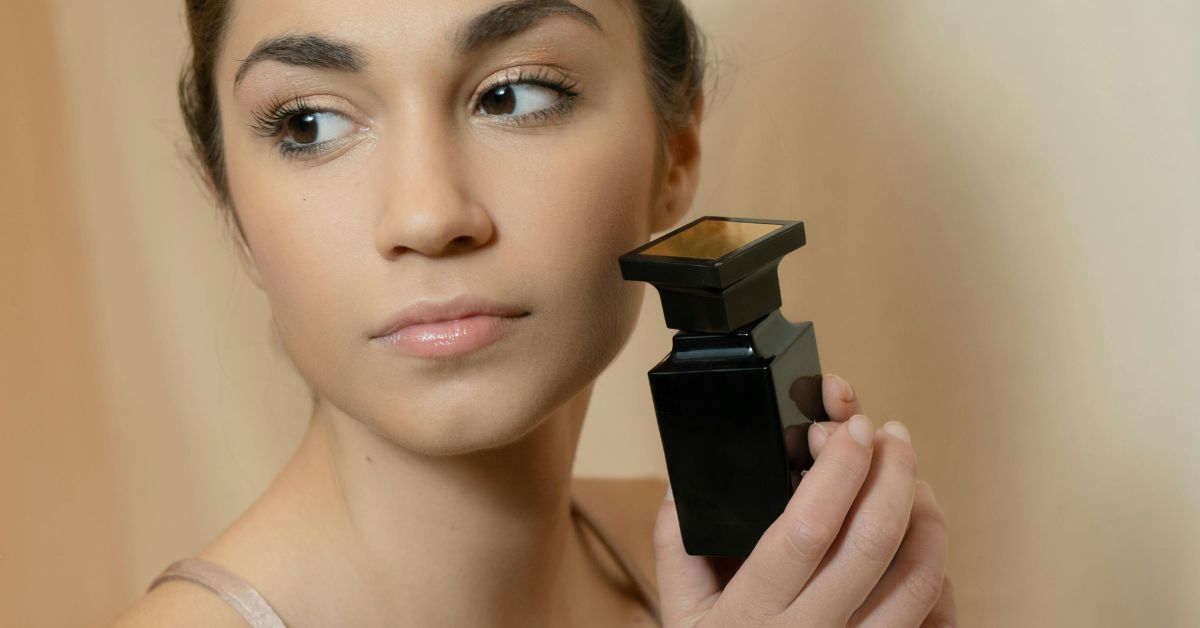
Beyond the location, these simple perfume longevity tips can dramatically extend the life of your favorite scents.
- Cap It Off: This is non-negotiable. Always, always, always put the cap back on securely after every single use. That tight seal is your main barrier against oxygen and evaporation.
- Store It Upright: The design of most bottles is intended for upright storage. Storing them on their side can compromise the seal around the sprayer or cap, leading to leaks and greater air exposure.
- Less Is More with Handling: When you handle your bottles, do so with clean hands. While it’s a minor point, oils and dirt can transfer to the bottle and potentially affect the liquid over time. More importantly, minimize how much you move them around. Fragrances prefer to be left in peace once they’ve found their spot.
Recommended:
Specific Care for Different Bottle Types
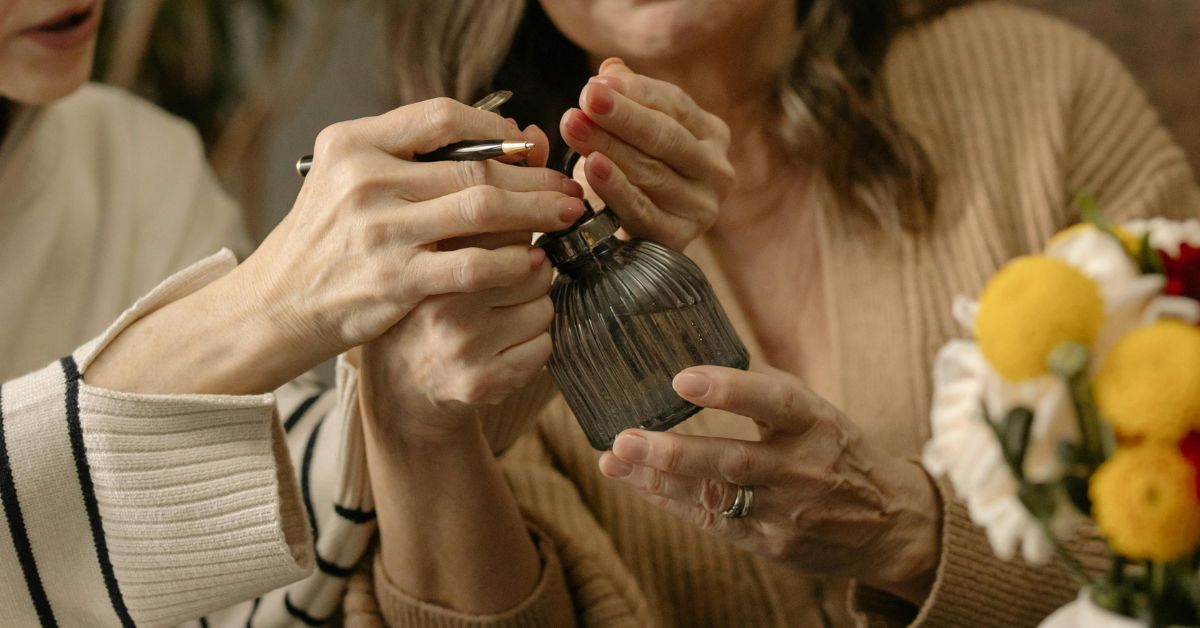
Spray Bottles: These are the most common and are generally well-protected. The sealed atomizer system is a great defense. Just make sure the cap is on tight.
Roll-On Perfumes: These are great for travel and targeted application, but they can be more susceptible to contamination. Make sure the rollerball is clean and the cap is secure to prevent any external elements from entering the bottle.
Vintage or Rare Bottles: A special category for a special kind of scent. If you own a vintage fragrance, especially one with a splash-style top, it may have already been exposed to some air over the years. The best practice is to keep it in its original box, in a cool, dark place, and handle it with extreme care to preserve what’s left of its precious history.
Conclusion
Your perfume collection is more than just a set of bottles; it’s a library of scents connected to memories, feelings, and personal style. By taking a few minutes to re-evaluate how you store your fragrances, you’re not just preserving a liquid—you’re preserving the integrity of an experience. So, move those bottles off the windowsill, give them a safe, dark home, and enjoy your beautiful scents for a long, long time.
What’s your favorite fragrance, and where do you keep it? Share your storage secrets in the comments below!
Recommended:
Common Questions & Mythbusting
Should I store my perfume in the refrigerator?
This is a popular myth! The constant opening and closing of the fridge door exposes the perfume to extreme cold and then a rush of warmer air, which creates temperature fluctuations that can harm the fragrance. It’s better to stick to a stable room temperature.
How long does perfume last once opened?
It varies wildly, but a good rule of thumb is 2-5 years if stored correctly. You’ll know it’s past its prime when the color darkens, the top notes are gone, or the scent turns sour or vinegary.
What if I live in a very humid or hot climate?
Humidity is a major enemy. If possible, consider storing your collection in a part of your home that has climate control or using a small dehumidifier in your closet. Avoiding the bathroom and any areas with direct sunlight is even more critical in these conditions.
Can I transfer my perfume to a travel bottle or decant?
You can, but do so with caution. The process of decanting exposes the perfume to a rush of oxygen, which speeds up the aging process. Use an opaque, airtight travel bottle and only transfer small amounts at a time. It’s better to use a dedicated atomizing device to minimize exposure to air.
Does storing perfume in its box really help?
Yes, it’s a simple and highly effective strategy. The box acts as an extra layer of defense against light and helps maintain a stable, dark environment for the bottle.
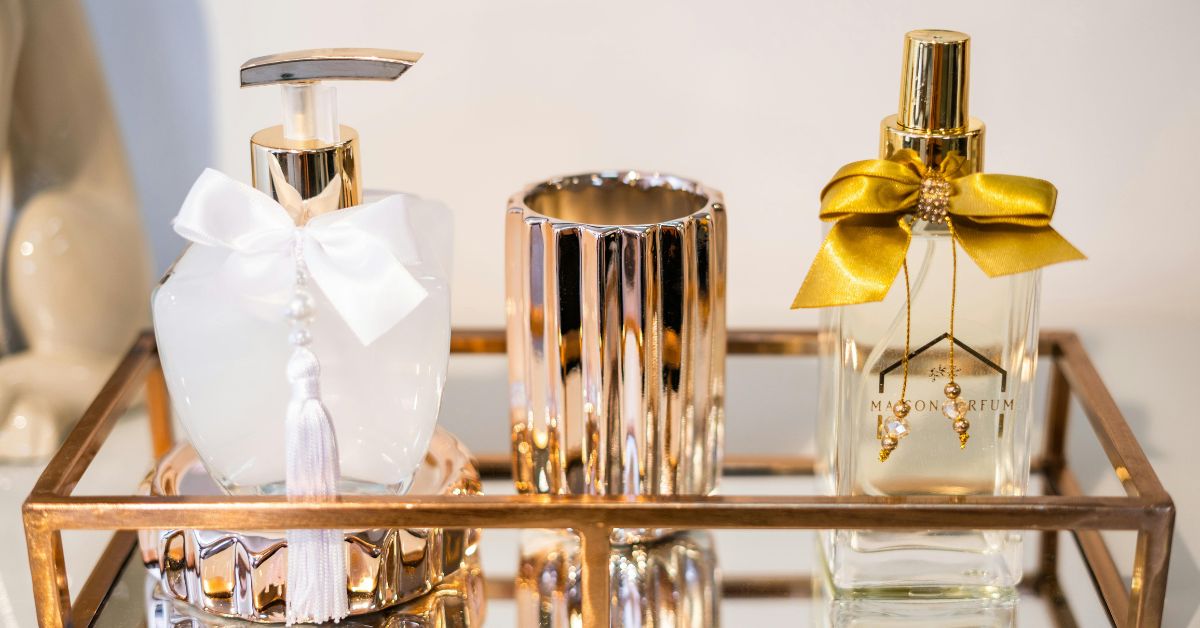
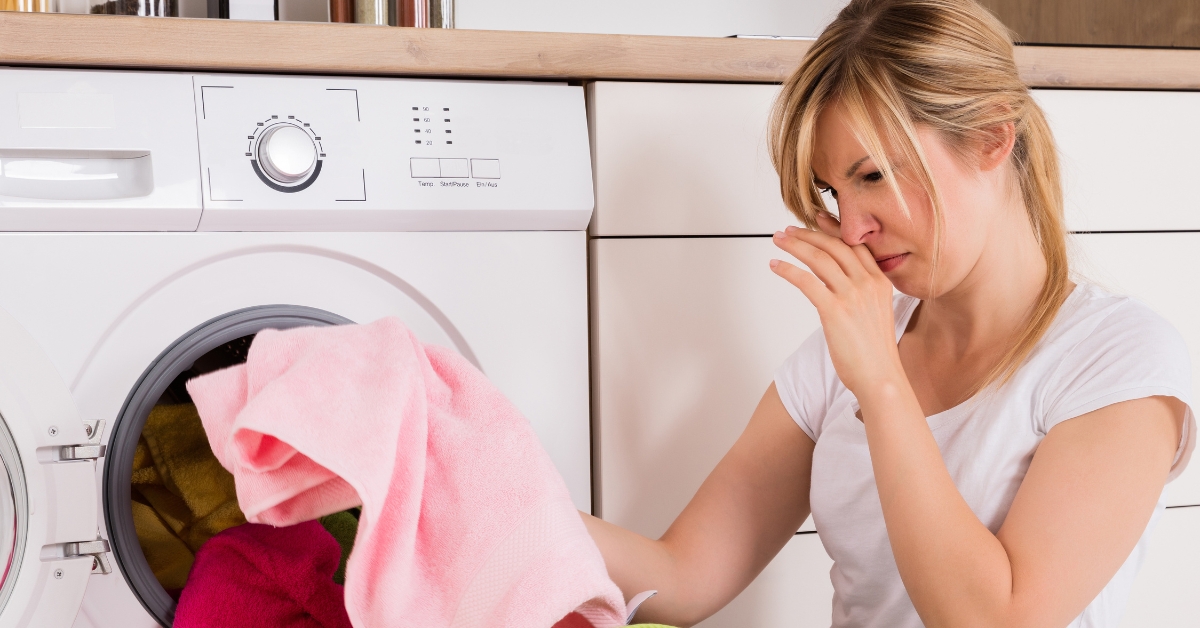
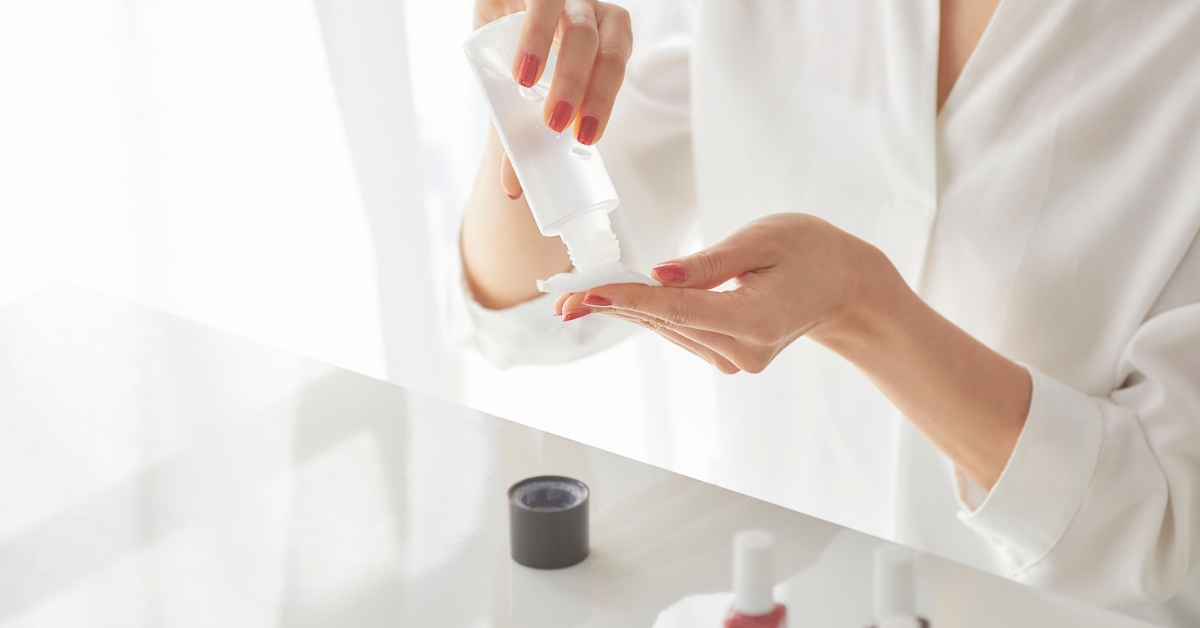
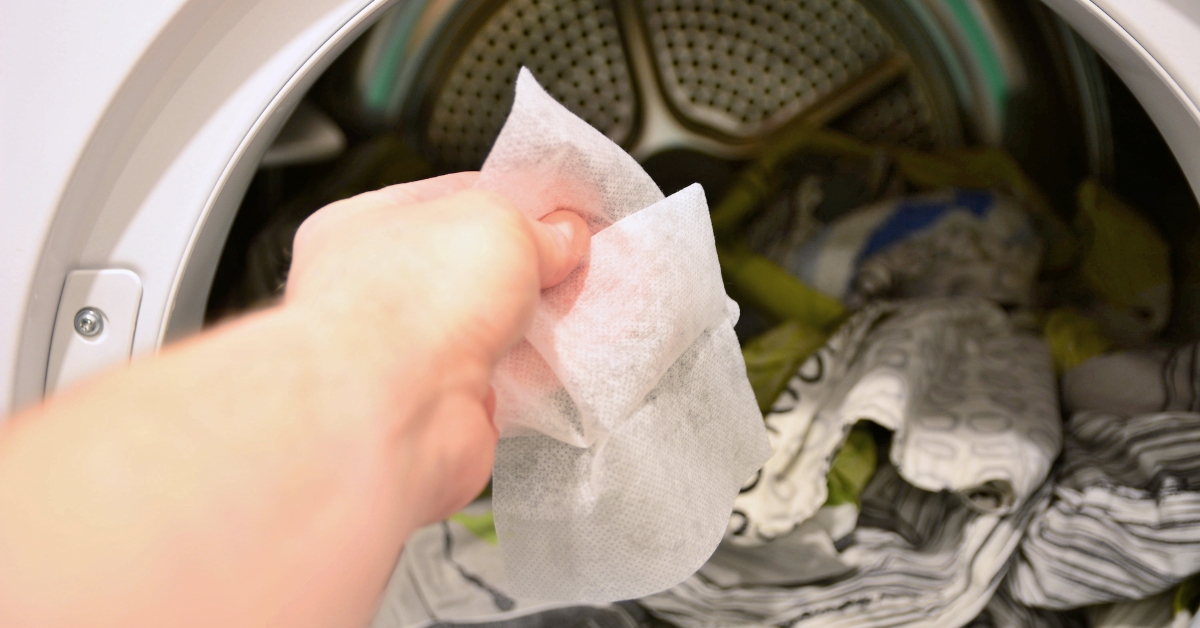
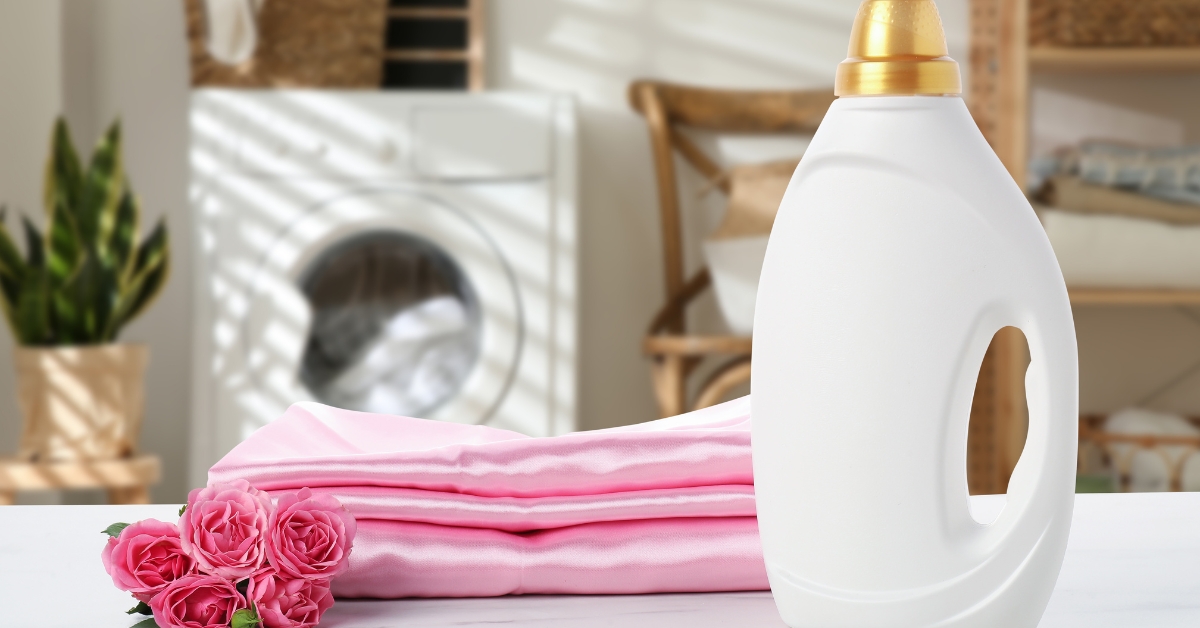
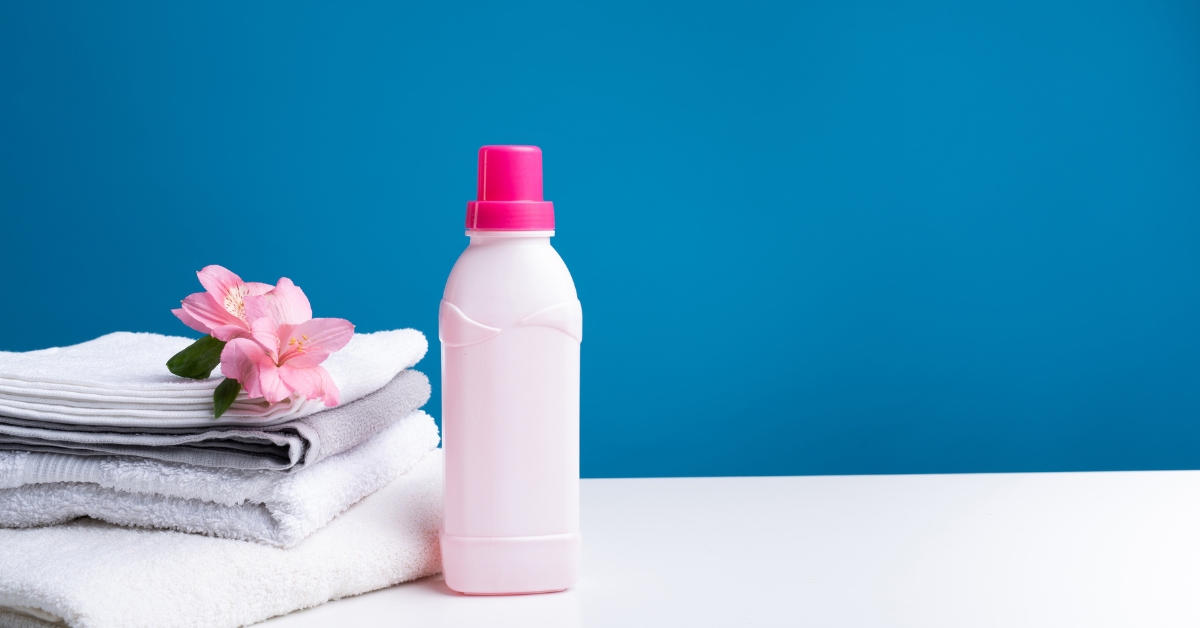
Leave a Reply